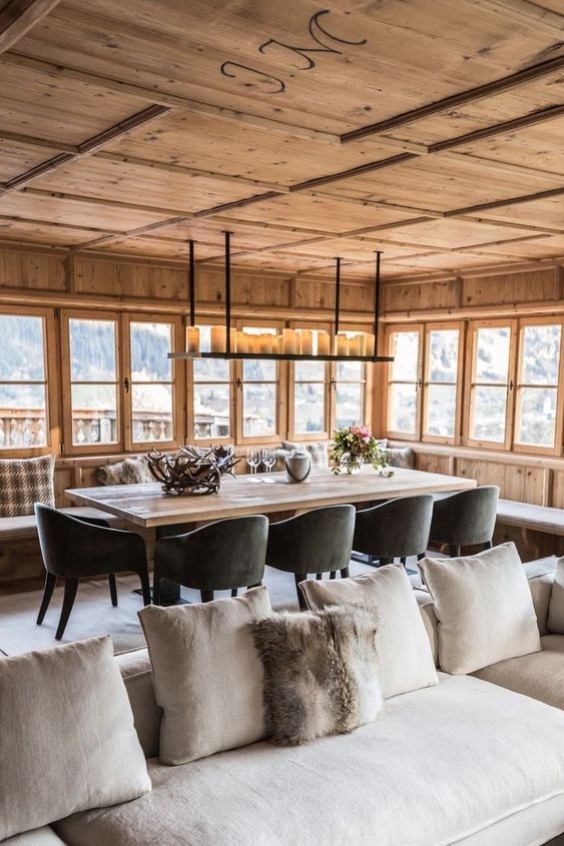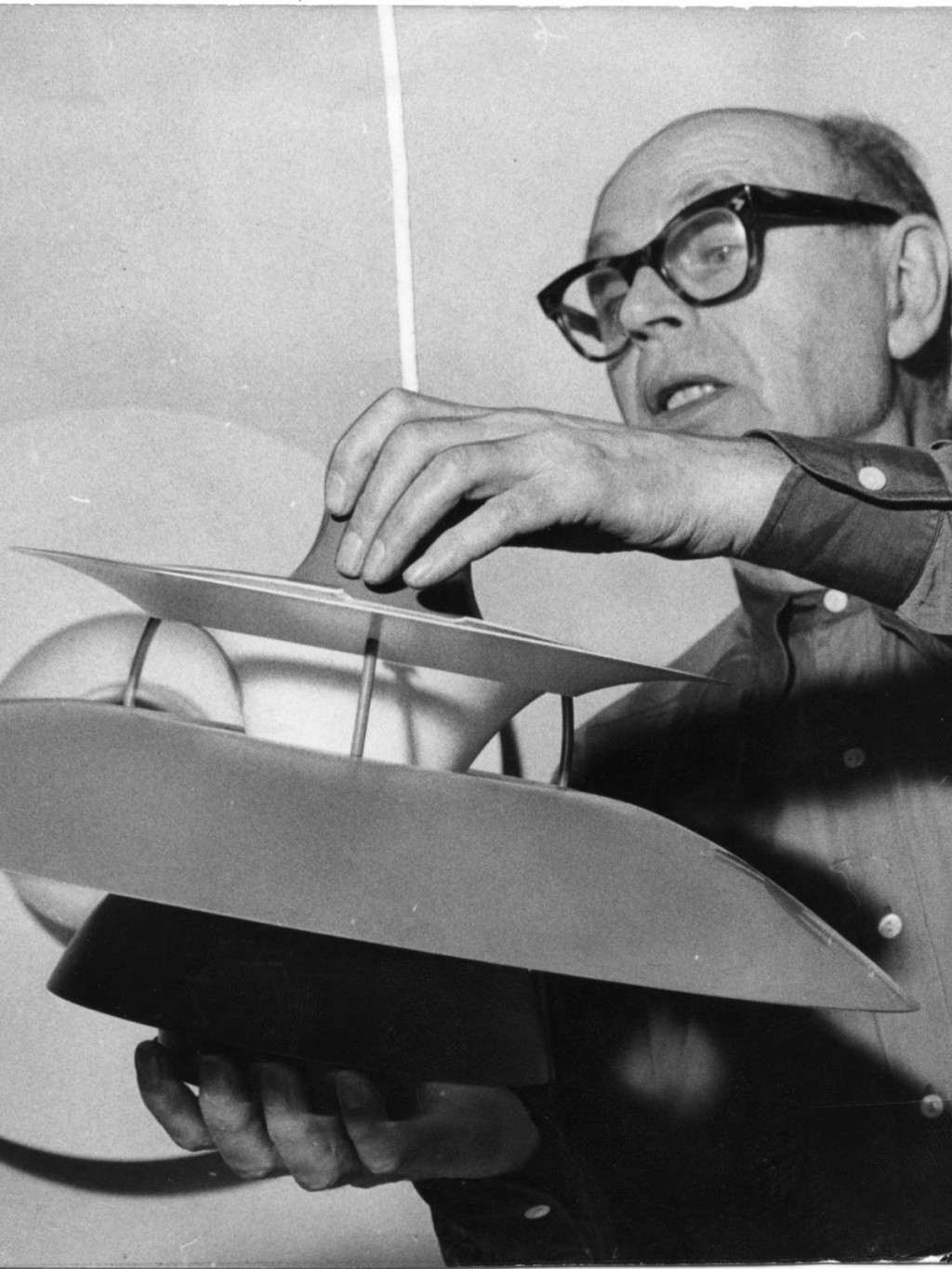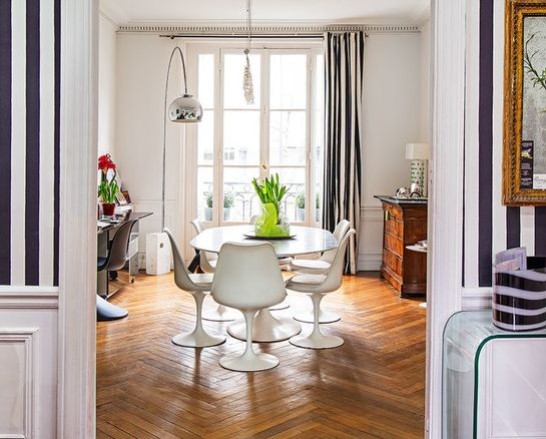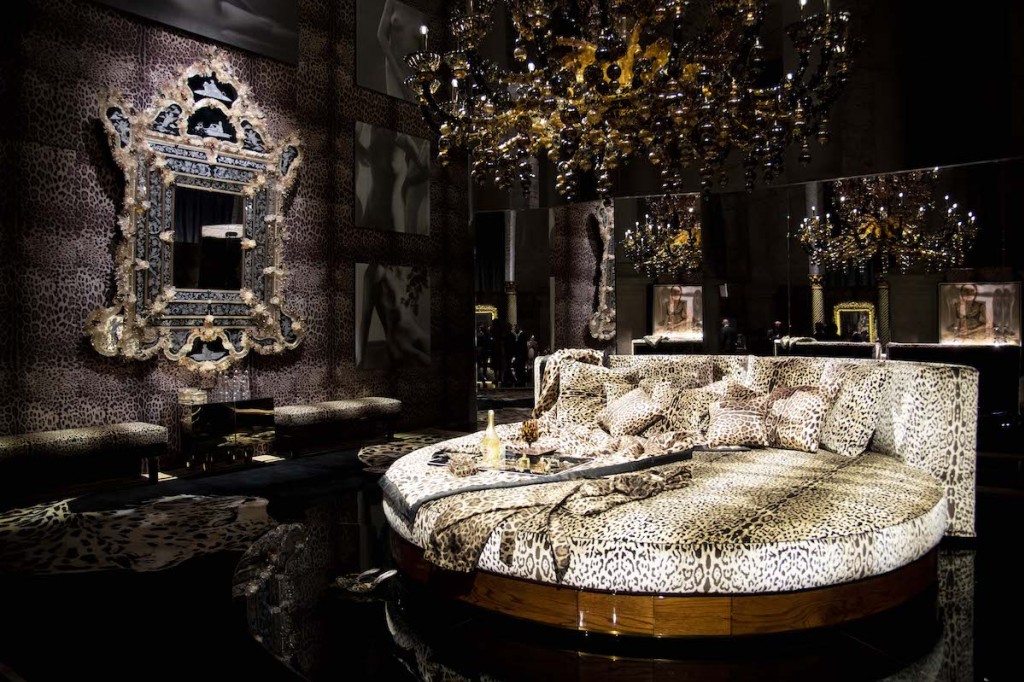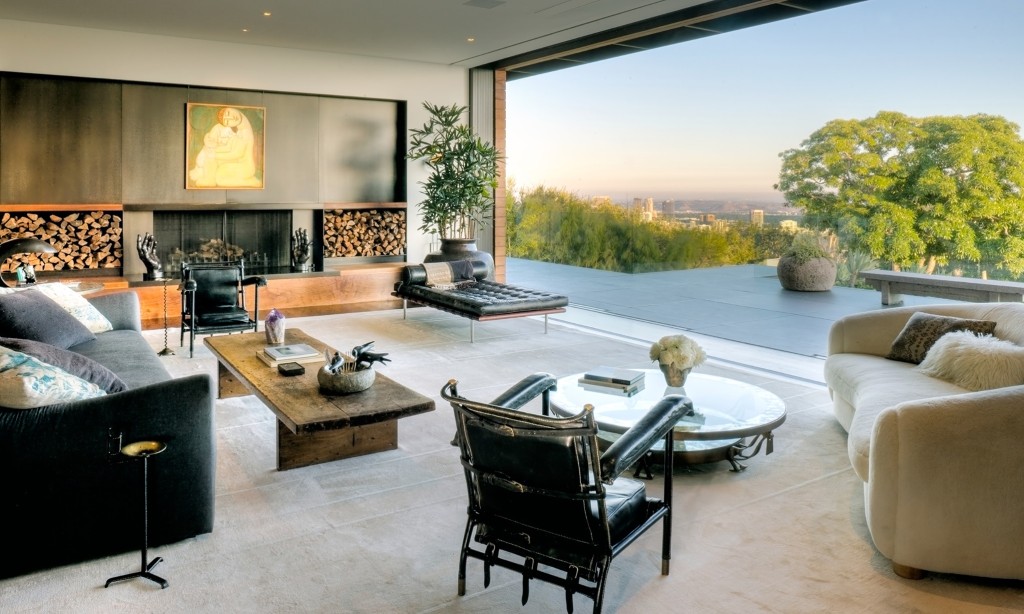Italian Lighting Brands
Italy, often praised for its rich artistic and cultural heritage, has also played a major role in the field of design. Lighting, in particular, served as a field of experimentation for Italian designers. The post-war period was thus the catalyst for the renaissance of Italian design, and many iconic brands emerged to define global trends in lighting. In this article, we explore the major Italian lighting brands that flourished after 1945, contributing to the legacy of contemporary Italian design.
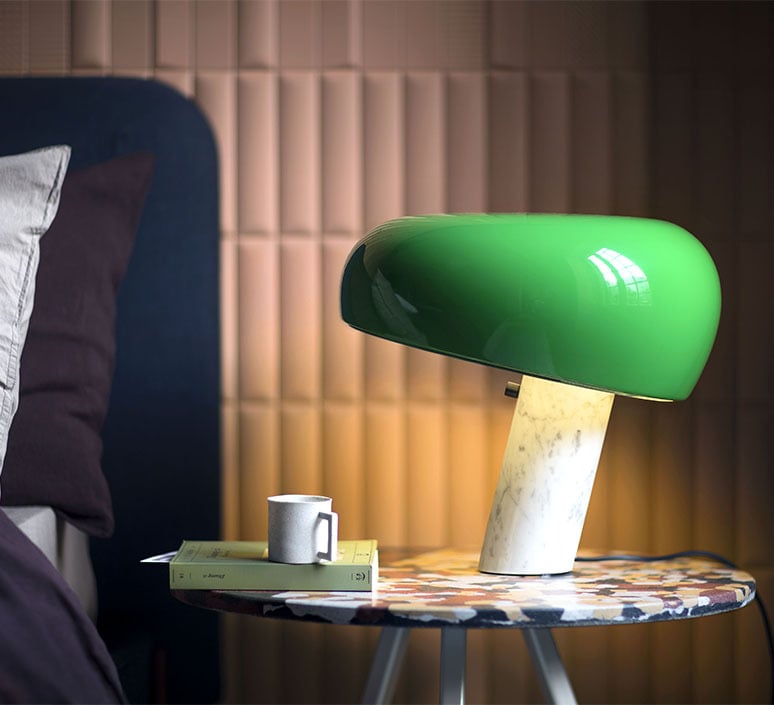
Let's start with the Italian lighting designer that many purists consider the benchmark for vintage design in the 60s and 70s: Martinelli Luce. The brand was founded in 1950 by designer Elio Martinelli, a graduate of Florence's Academy of Fine Arts as a scenographer. It's fair to say that Martinelli appreciates staging, and incorporates into his work a pronounced taste for organic forms, while retaining great simplicity. Martinelli's stroke of genius: believing in Gae Aulenti's plan to publish a worldwide bestseller: the Pipistrello ("bat") lamp.
.jpg)
@Martinelli Luce / Pipistrello
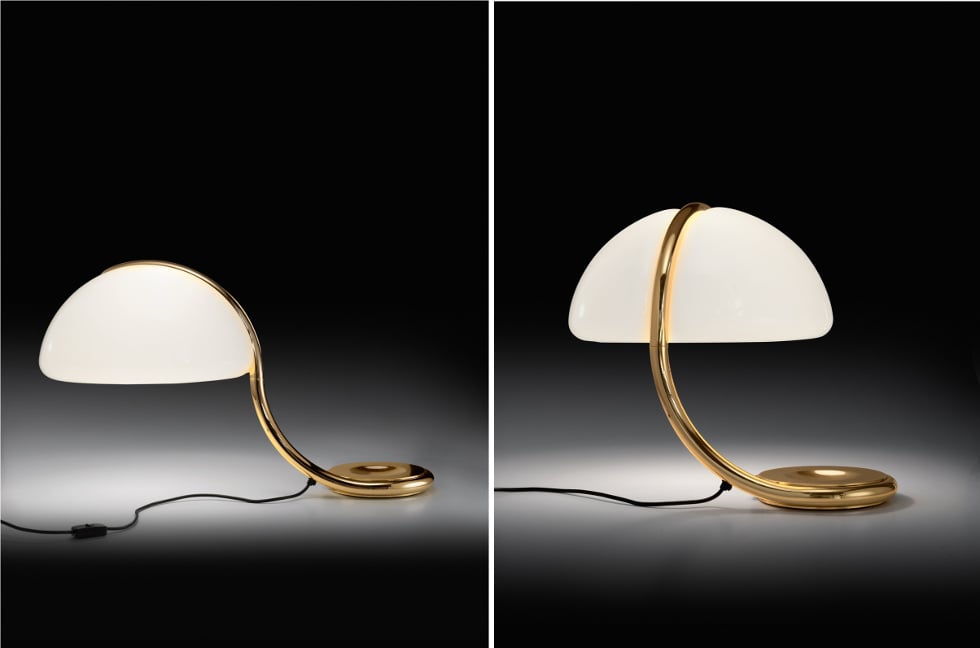
Another Italian luminaire staple is Flos, founded in 1962 in Merano by furniture editor Dino Gavina and visionary entrepreneur Cesare Cassina, head of the eponymous furniture manufacturer. The brand took off thanks to its collaboration with the genius of the Castiglioni brothers (Achille & Pier Giacomo) and the inventiveness of Venetian architect and designer Tobia Scarpa. The company quickly gained notoriety for its ability to fuse functionality, aesthetics and technological innovation in its creations.
.jpg)
The Arco luminaire, designed by Achille and Pier Giacomo Castiglioni in 1962, is a classic example of the Flos philosophy. This imposing, elegant floor lamp features an arched arm that suspends a light source at the top, creating direct, powerful illumination. The mix of marble and stainless steel in the Arco's design reflects Flos' commitment to quality and style. In 1974, Flos acquired Arteluce, a company specializing in lighting design, and its catalog of works, including those by Gino Sarfatti.


.jpg)
.jpg)
Since its creation in 1960 by Ernesto Gismondi and Sergio Mazza, Artemide has played a major role in the world of Italian and international lighting. Artemide's philosophy focuses on the interaction between light, people and the environment. The brand has collaborated with many renowned designers, such as Michele De Lucchi and Richard Sapper, to create iconic pieces of designer lighting.
One of Artemide's most famous creations is the Tizio lamp, designed by Richard Sapper in 1972. The Tizio is a revolutionary desk lamp that uses a counterweight system to hold the light source in any position, providing precise, adjustable illumination. As a design icon, this piece is part of MoMA's permanent collection, testifying to its importance in the history of design.
.jpg)
.jpg)
.jpg)
.jpg)
.jpg)
Founded in 1932 by Luigi Fontana and Giò Ponti - considered the father of Italian design - FontanaArte enjoyed a renaissance after the Second World War. The brand is known for its timeless creations that combine art and function. Giò Ponti, renowned architect and designer, played a key role in the creation of the brand and in the design of many iconic FontanaArte pieces. The 0024 suspension lamp, designed by Ponti himself in 1933, remains an icon of design lighting. The lamp is characterized by its transparent hand-blown glass shade, which diffuses light in a soft, elegant way. It has become a symbol of Italian craftsmanship and timeless elegance.
.jpg)
.jpg)
Founded in 1978 by three Italian architects, Riccardo Sarfatti, Paolo Rizzatto and Sandra Severi, Luceplan has distinguished itself by its commitment to innovation and sustainability in lighting design. The brand quickly gained an international reputation for its avant-garde creations.
One of Luceplan's most famous creations is the Costanza table lamp, designed by Paolo Rizzatto in 1986. This lamp is characterized by its elegant simplicity and polycarbonate shade, which diffuses a soft, even light. The model is also renowned for its commitment to durability, with easily replaceable components to extend its lifespan.
.jpg)
An interesting fact in the history of the major Italian lighting houses is that, from the 1980s onwards, they gradually associated their names with a new generation of international designers. Flos worked with Philippe Starck, Jasper Morrison, Marc Newson and Konstantin Grcic... Foscarini, founded in 1981, is a more recent addition to the Foscarini family, with its avant-garde credentials. It has worked with Patricia Urquiola, Tom Dixon, Jean-Marie Massaud and Tord Boontje, and continues to reveal young design talent.
.jpg)
.jpg)
.jpg)
The great post-1945 Italian lighting brands have made a significant contribution to the world's design heritage. They have combined Italian aesthetics with technical innovation to create iconic pieces that continue to inspire designers and design enthusiasts the world over. These brands exemplify the idea that designer lighting is not just about illuminating a space, but can also be an art form that adds a touch of elegance and beauty to our daily lives. They continue to remind us that Italian creativity shines brightly, an asset in the field of lighting!
François BOUTARD

.jpg)
